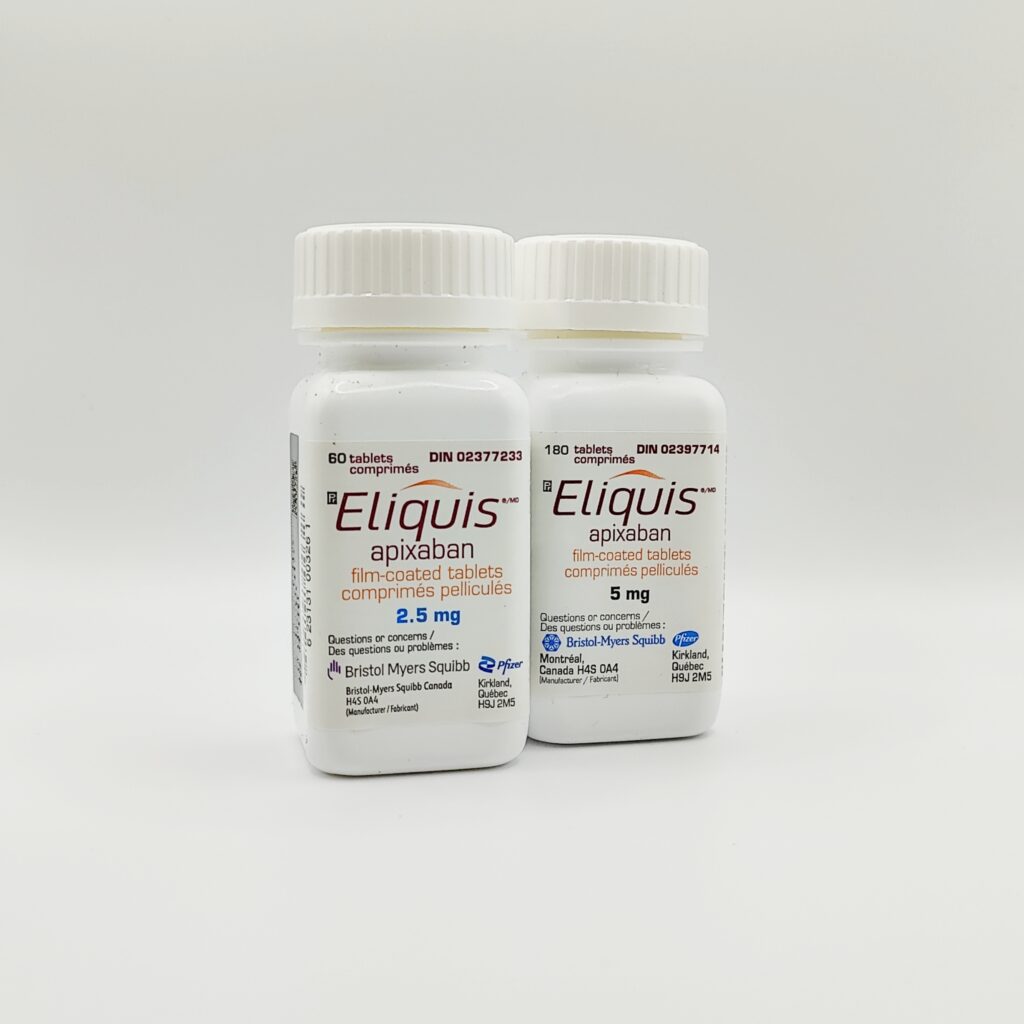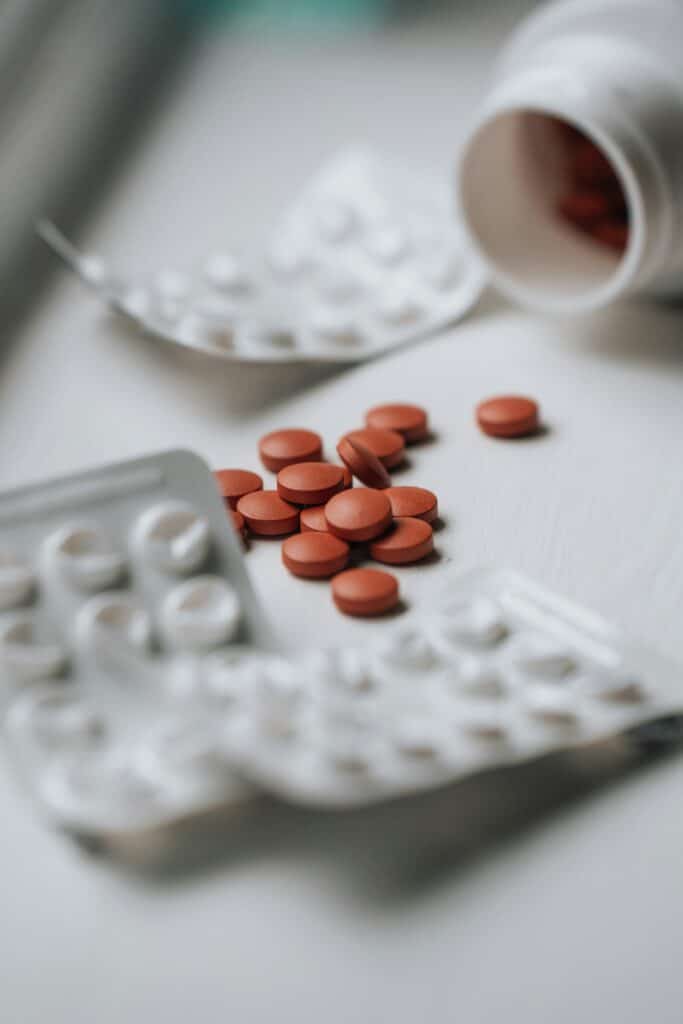Eliquis 2.5 mg vs 5 mg: A Simple Dosing Guide for Patients
Eliquis 2.5 mg vs 5 mg: A Simple Dosing Guide for Patients
The quick take
5 mg twice daily is the most common maintenance dose for non-valvular atrial fibrillation (AFib) to help prevent stroke.
2.5 mg twice daily is used in special situations—only when certain criteria are met, or for extended protection after finishing full-strength treatment for DVT/PE, or for clot prevention after hip/knee surgery.
Dosing can change over time. Always follow the plan set by your prescriber.
What Eliquis is used for
Eliquis (apixaban) is a blood thinner that helps prevent harmful clots. It’s commonly prescribed for:
AFib (non-valvular): Lowers stroke risk.
DVT/PE treatment: Treats a new clot in the leg (DVT) or lungs (PE).
Extended prevention: Reduces the chance of another clot after initial treatment.
After hip or knee replacement: Helps prevent post-op clots.
AFib: 5 mg vs 2.5 mg—who gets which?
For most adults with non-valvular AFib, the usual dose is 5 mg twice daily.
Your prescriber may lower the dose to 2.5 mg twice daily only if you meet at least two of the following:
1. Age ≥ 80 years
2. Body weight ≤ 60 kg (132 lb)
3. Serum creatinine ≥ 1.5 mg/dL (a marker related to kidney function)
Why this matters: using the lower dose when you do not meet these criteria can reduce protection from stroke. Using the higher dose when you do meet them can increase bleeding risk. This is why AFib dosing feels strict—your provider is balancing protection vs safety.
DVT/PE treatment: the common path
When Eliquis is used to treat a new DVT or PE, dosing usually happens in phases:
1. Starter phase: 10 mg twice daily for the first 7 days
2. Treatment phase: 5 mg twice daily after day 7
If you and your prescriber decide to continue protection beyond the initial treatment period, the dose may switch later (see “Extended prevention” below).
Extended prevention after DVT/PE
If you’ve completed at least 6 months of DVT/PE treatment and your clinician wants ongoing protection, the dose is often reduced to 2.5 mg twice daily. This “maintenance-lite” approach aims to lower future clot risk with a smaller bleeding risk than full-strength dosing.
After hip or knee replacement surgery
To prevent clots after certain orthopedic surgeries:
2.5 mg twice daily, usually starting 12–24 hours after surgery (as directed by your surgeon).
Typical duration: about 12 days after a knee replacement and 35 days after a hip replacement (your surgeon or prescriber will specify your plan).
Eliquis is processed in your body in ways that can be affected by kidney function, body weight, and age. That’s why these three factors drive dose decisions in AFib, and why your clinician may order periodic labs. If you’re older, lighter, or have reduced kidney function, your prescriber may adjust your dose for safety.
What if you miss a dose?
Take it as soon as you remember on the same day.
If it’s almost time for your next dose, skip the missed one—don’t double up.
Try adherence tools: phone reminders, a dosing app, or linking doses to daily routines (e.g., breakfast & dinner).
Missing doses reduces protection; if you miss more than one, call your prescriber for advice.
Medicines, supplements, and foods to watch
Eliquis can interact with other products and increase bleeding risk. Talk to your clinician or pharmacist before starting/stopping:
OTC pain relievers: NSAIDs (ibuprofen, naproxen) raise bleeding risk. Acetaminophen is often preferred for pain/fever (ask your clinician).
Antidepressants (some SSRIs/SNRIs), antibiotics/antifungals, HIV meds, and certain heart medications may interact.
Herbals & supplements: fish oil, turmeric, ginkgo, St. John’s wort, and others may impact bleeding or drug levels.
There’s no strict “vitamin K” restriction with Eliquis like with warfarin, but maintaining a balanced diet and avoiding binge alcohol is still wise.
Signs to call for help
Seek urgent care if you notice:
Uncontrolled bleeding, black/tarry stools, coughing/vomiting blood
Severe headache, dizziness, sudden weakness or numbness
Any fall or injury with head impact while on Eliquis
And contact your prescriber promptly for planned procedures or dental work—never stop Eliquis on your own. Your team will give a stop/restart plan tailored to your surgery and clot risk.
Common patient scenarios (and how dosing fits)
“I have AFib and I’m 82, weigh 125 lb, and my creatinine is 1.6.”
You meet all three reduction criteria—your clinician will likely prescribe 2.5 mg twice daily.
“I finished six months of PE treatment and want ongoing protection.”
Many patients step down to 2.5 mg twice daily for extended prevention (if your prescriber agrees).
“I just had a knee replacement.”
You’ll often start 2.5 mg twice daily within 12–24 hours after surgery, for the duration your surgeon recommends.
“I’m 65 with AFib and normal kidney function.”
Most patients like you remain on 5 mg twice daily, unless other factors change.
Cost & ways U.S. patients can save
liquis can be expensive without strong insurance coverage. Consider:
Manufacturer savings (if eligible).
Formulary check: Ask your plan about preferred anticoagulants and copay tiers.
Generic apixaban: If available to you, this can offer substantial savings.
Prescription referral services: Some U.S. patients compare pricing through reputable services that connect with licensed pharmacies outside the U.S. If you explore this route, do it alongside your prescriber for safety and continuity. Over the Border Meds is one example patients sometimes use to compare brand-name and generic apixaban pricing.
Always weigh the total cost (medication, shipping, timing) and keep your documentation and prescriptions up to date.
Bottom line
5 mg twice daily is standard for AFib unless you meet at least two dose-reduction criteria (age, weight, kidney marker), in which case 2.5 mg twice daily is used.
For DVT/PE treatment, therapy often starts higher (10 mg BID for 7 days), then 5 mg BID, and may step down to 2.5 mg BID for extended prevention.
After hip/knee replacement, 2.5 mg BID helps prevent clots during recovery.
Keep your prescriber in the loop for missed doses, new meds, dental/surgical plans, and cost concerns.
If you’re unsure which dose is right for you, bring this guide to your next appointment and ask your clinician to confirm your current plan—and whether it should change as your health needs evolve.


